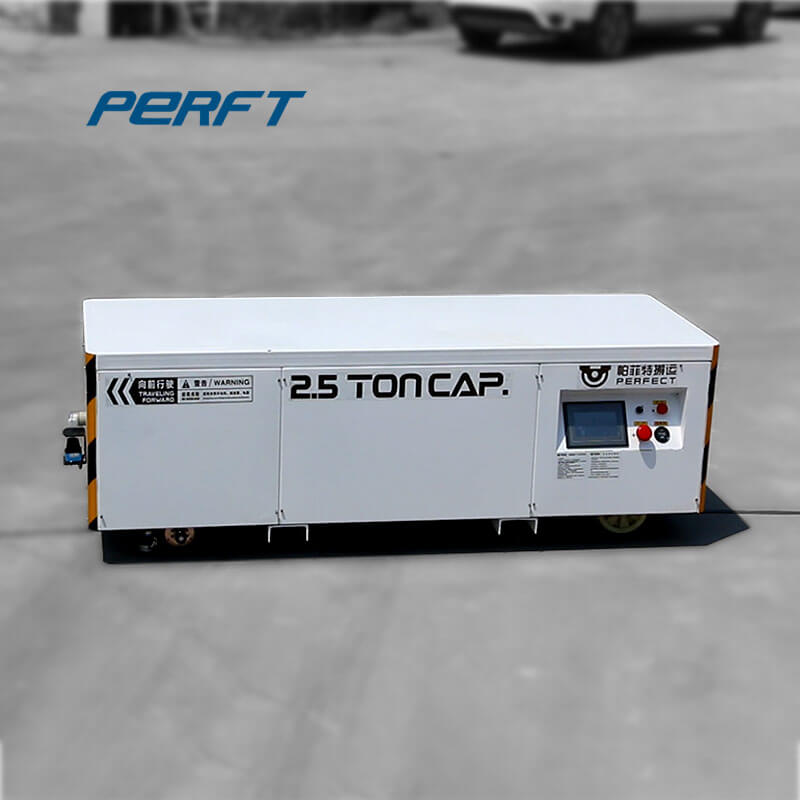
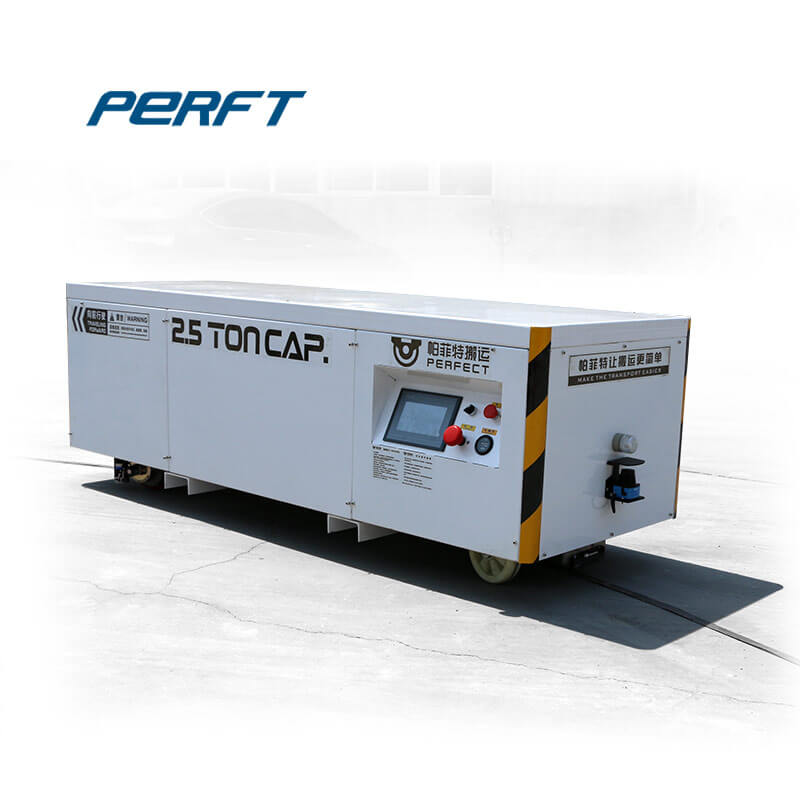
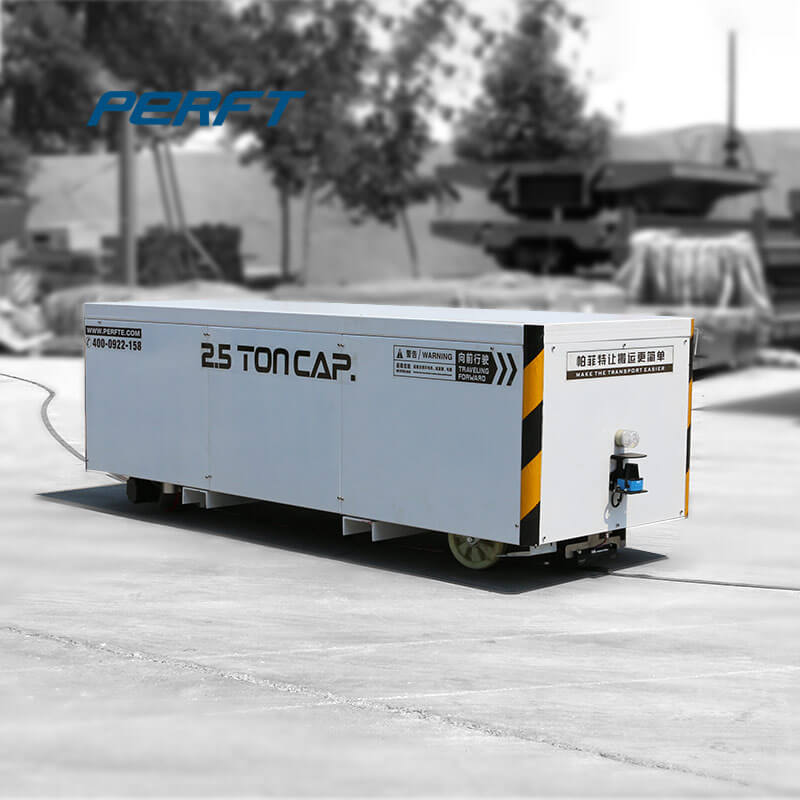






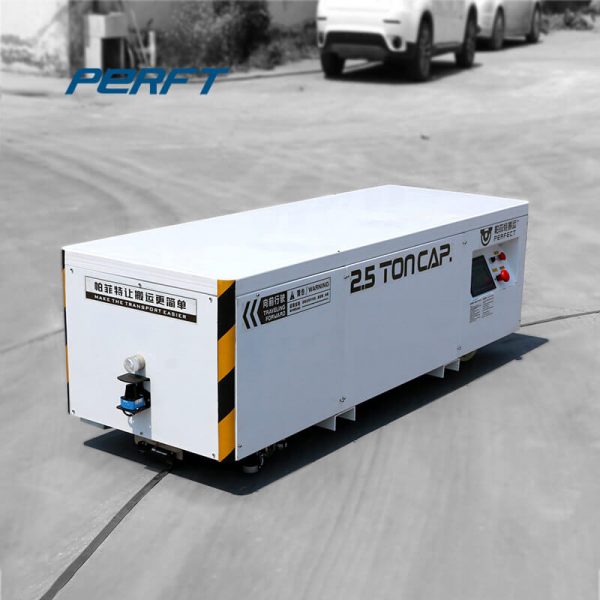
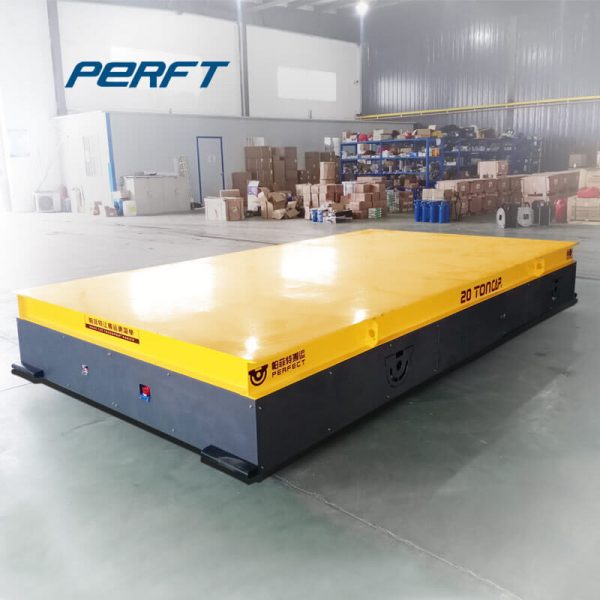
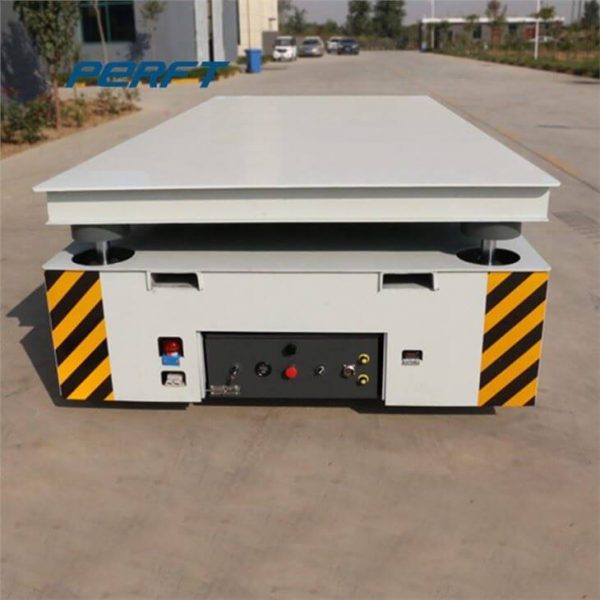
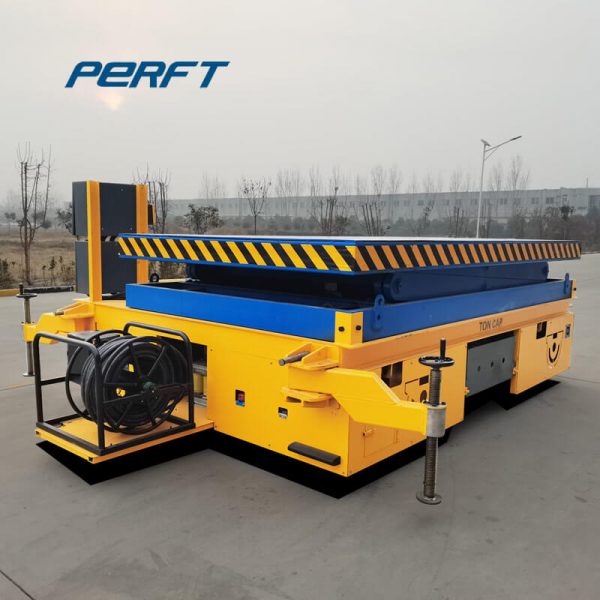
Impact-Resistant Plastic Pellets. Absorbing impact without cracking or breaking, these plastic pellets are molded into parts that endure bumps, scrapes, and falls. Use them with injection molders, 3D printers, and other molding equipment. HIPS pellets are easy to thermoform, so they’re good for signs, packaging, and other light duty applications.
Distributor of heat resistant polyvinylidene fluoride (PVDF) and polytetrafluoroethylene (PTFE) in the forms of sheet, rod and film. Sheet sizes range from 0.062 to 4 in. and 0.125 to 6 in. dia. Continuous use temperature ranges from 300 to 500 degrees F. Suitable for seal, gasket, stem valve, slide machined part, scientific aircraft, pump part, fluid sensor, chemical processing and bearing
Compression molding is a versatile manufacturing process used by small and large production companies alike for creating a wide variety of parts, from large airplane parts to small baby-bottle nozzles. In this guide, we’ll provide an introduction to compression molding, its benefits, and applications. Then, we’ll show how anyone can use
May 27, 2015 · As the material is heated, pressure forces it to transfer into the mold cavities. The transfer molding process The uncured rubber is placed in a transfer pot located above the cavity area. As the mold is closed, the rubber is then pushed or transferred into the cavity by a piston through a sprue or gate system.
The thermal insulation sheet protects the mold or dies and the platen from outside heat transfer because it is a high-strength, low thermal conducting composite material. This thermal barrier insulation is commonly found on machines that are used in injection molding, compression molding, rubber molding, and thermoforming.
May 04, 2020 · Using heat transfer principles in plastic mold cooling. The purpose of a heat exchanger is to prevent electrical overheating by transferring waste heat in a continuous cycle. Typically, this requires the use of an eco-friendly cooling fluid, such as water, and the use of methods such as natural/forced convection, conduction, and phase-change cooling to allow the fluid to transfer waste heat. In common applications, the consistent flow helps prevent overheating by preventing waste heat from
SPI Blow Molding LLC. Coloma, MI | 269-849-3200. View a full list of Plastic Blow Molding Manufacturers. Plastic Dip Molding Manufacturing. Dip molding plastic is one of the simplest means of molding plastic and, like blow molding, is capable of producing a large number of parts or products at low cost.
Top 5 Heat Resistant Plastic Materials – Manufacturers often lean towards metals like nickel and iron because of their excellent heat-resistant capabilities, making them ideal for high-performance applications. However, many manufacturers opt for plastics that can replace metals and bring some extra advantages to the table.
Titanium is a 3D printing material with excellent mechanical properties. Not only it’s very durable, lightweight, highly resistant to oxidation and acid, but it’s also resistant to heat. The melting point of titanium is extremely high (1660° C or 3260° F). For this reason, it is widely used in high-performance manufacturing applications
Polymer Casting: The resin is liquefied by heat. The melted rubber is filled closed in the mold and curd at room temperature. After cooling cured plastic is pulled out from the mold. Injection Molding: Molten thermoplastic is poured into the mold and pressed by shot chamber through a screw.
components, to summarize low-cost and emerging manufacturing technologies studied within AGATE, and to investigate automotive technology transfer. A summary at the end of this document will compare the various materials and processes to help the reader identify promising manufacturing methods for their different applications.
Apr 30, 2004 · Special shrouding protects the gripper body from radiant heat, and special seals allow it to operate in higher temperatures,’‘ Vieth explains. ‘‘We, at Güdel Lineartec, Inc., do material handling of sand molds,’‘ says Dale Cozart. ‘‘The sand mold package is filled with molten aluminum and typically has a mass of 400 to 700 kg
3D printed molds for manufacturing carbon fiber parts can reduce costs and lower lead times. For small-scale production, engineers can directly print the mold at low costs and within a few hours without having to hand carve it or deal with CNC equipment; CAM software, machine setup, workholding, tooling, and chip evacuation.
16.3.1.1 Heat-resistant filamentous molds. Spoilage by heat-resistant molds is a massive problem for the fruit juice industry, and has been documented in many countries. Neosartorya fischeri, B. fulva, Byssochlamys nivea, Talaromyces flavus, and Eupenicillium spp. are some of these fungi ( Tournas, 1994 ). They are commonly known as ascomycetes
Mar 21, 2022 · A typical procedure would begin with milling or turning the mold forming material, followed by heat-treating (in the case of hardened steel), grinding and fine shaping, and finishing treatments, such as polishing. After the components are prepared, the mold is carefully assembled to ensure it will deliver its intended effect on workpieces.